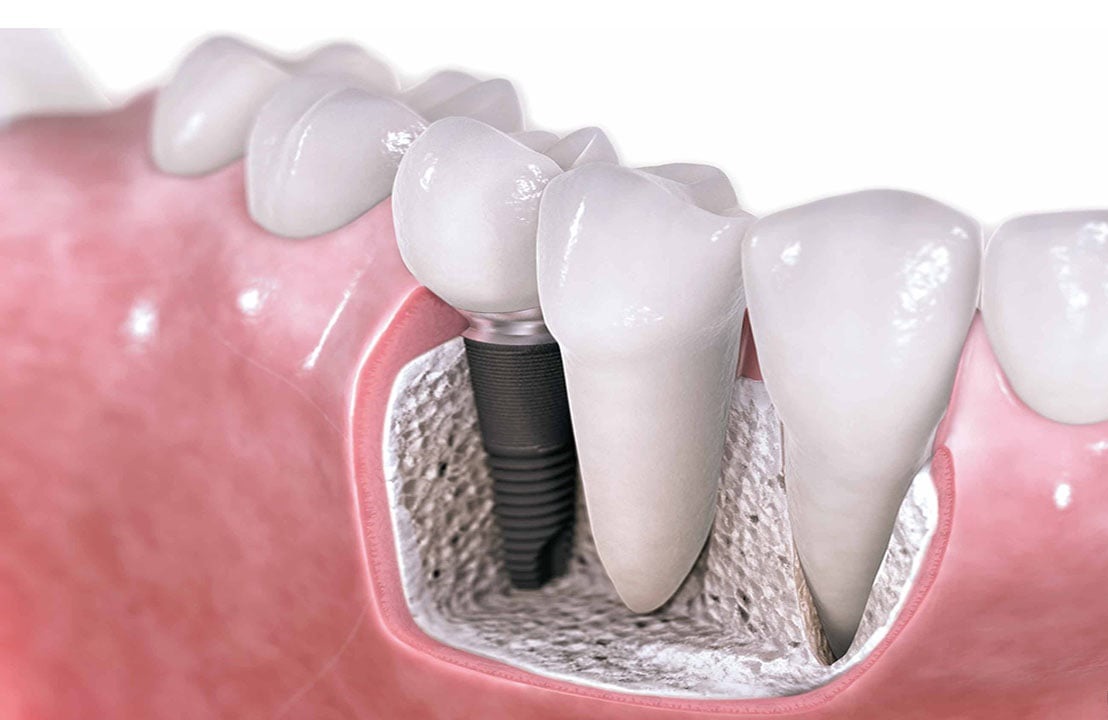When tooth decay damages the tooth beyond repair, the next resort is often a root canal treatment. This treatment helps to alleviate toothaches and also promotes healing whilst preventing the affected tooth from having to get removed. The procedure involves removal of the root, aka the pulp, from the affected tooth and then proceeding to fill up the empty root cavity.
At the start of the procedure, the dentist will numb the area in the mouth that the affected tooth is situated. Some dentists utilize a jelly-like substance for numbing the patients at first before injecting an anesthetic, like Novocain, into the gums. This numbs the teeth, tongue, and gums in that particular location. On the other hand, there are dentists who use nitrous oxide to relax their patients and also minimize pain.
Next, the dentists use special tools to remove the nerve from the tooth after which he fills up the tooth with a temporary filling, a filling that is specially created for the root canal, and medication. The following step involves a dental crown or permanent filling. In most scenarios, the tooth is usually fitted with a temporary crown as a permanent one is made. The dentist will then replace the temporary crown with the permanent one once it is ready.
There are certain things that you should be prepared to experience following a root canal treatment. First and foremost, your teeth, gums, and lips might remain numb for a while until the anesthetic wears off. As soon as it wears off, you might start feeling some pain for about a day or two that can be reduced with over-the-counter pain killers, such as ibuprofen or acetaminophen. The dentist even at times prescribes pain killers himself.
Root canal treatment is usually necessary when tooth decay has damaged the tooth to an extent that it causes permanent damage. It works effectively to treat and even prevent infections. It is, however, important to remember that the crown gets loose over time and might need some repairs.
Before getting this treatment procedure done, you need to consider certain things. To start with, when the root gets removed from the problem tooth, the tooth becomes weak and can easily break if not properly covered by a crown or cap. In order to evade any infection that might damage other surrounding teeth or bones, this process should be conducted as sooner rather than later.
In case your teeth are seriously damaged, dealing with the pain and discomfort associated with root canal treatment is not worth it. Instead, opt to have the problem tooth removed and an implant or bridge put at the empty spot. This is, however, a decision between yourself and your dentist.
Your dentist might prescribe some antibiotics prior to and following treatment, based on how serious the tooth infection was. Individuals that are more susceptible to infections might have to take antibiotics just to make sure that the infection does not reoccur.










